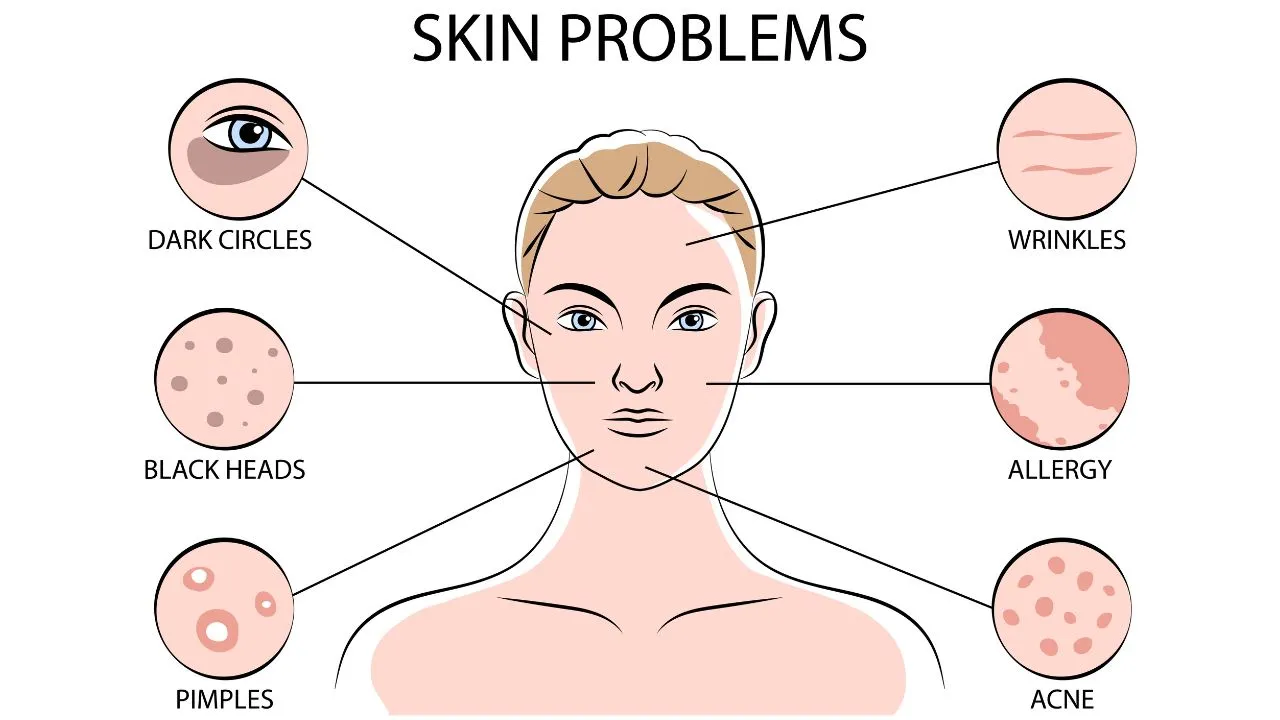Locate a trusted dermatologist near you for consultation.
Locate a trusted dermatologist near you for consultation.
Blog Article
Navigating Skin Cancer Cells Treatment: The Essential Role of Mohs in Modern Dermatology Practices
Skin cancer cells, a daunting diagnosis, commonly leaves individuals grappling with many therapy choices. Amongst these, Mohs surgical procedure stands as a beacon in modern-day dermatology, renowned for its meticulous method to cancer cells removal and conservation of bordering healthy cells. This cutting-edge method promises not only remarkable cosmetic results however likewise provides prompt results, reducing client anxiety. As we check out the details of this treatment, one will certainly appreciate its critical duty in skin cancer treatment.
Comprehending Skin Cancer Cells: Types and Dangers
There are 3 main types of skin cancer cells: Basic cell cancer, Squamous cell cancer, and Melanoma. It accounts for just regarding 1% of skin cancer instances however triggers the vast majority of skin cancer cells deaths. Danger factors consist of fair skin, background of sunburn, extreme sun exposure, living at high altitudes or close to the equator, having several moles, a family background of skin cancer cells, and weakened immune system.
What Is Mohs Surgical treatment and How It's Reinventing Skin Cancer Cells Treatment
In spite of the many treatments presently offered for skin cancer, Mohs surgery stands out as a groundbreaking and extremely efficient solution. Named after Frederic E. Mohs, the medical professional that developed the treatment, Mohs surgery is a precise surgical technique used to deal with skin cancer cells. Throughout the treatment, slim layers of cancer-containing skin are progressively gotten rid of and analyzed till only cancer-free cells continues to be. This strategy enables the surgeon to validate that all cancer cells have been eliminated at the time of surgery. This level of accuracy, integrated with the capability to spare as much healthy and balanced cells as possible, is changing skin cancer cells therapy. Consequently, Mohs surgery has come to be a cornerstone of contemporary dermatology methods.
The Benefits of Mohs Surgery Over Traditional Skin Cancer Therapies
Structure on the ingenious nature of Mohs surgical procedure, it's essential to consider its various benefits over conventional skin cancer cells treatments. Unlike conventional treatments, Mohs uses a greater treatment price, often reaching 99% for first-time therapies and 94% for recurring cancers cells. This accuracy is because of its special method of gradually removing and examining cells layers up until only cancer-free cells continue to be (skin cancer). Furthermore, it decreases damages to healthy and balanced skin, bring about much less scarring and enhanced aesthetic straight from the source results. Mohs also provides prompt results, getting rid of the anxiety-ridden delay common with various other techniques. Lastly, it's cost-efficient, as the surgery and tiny assessment take place simultaneously, eliminating the requirement for extra laboratory solutions. Thus, Mohs stands for a significant development in dermatological practices.
The Treatment of Mohs Surgery: What to Expect During the Refine

Prospective Side Effects and Post-Operative Treatment of Mohs Surgical Treatment
Undertaking Mohs surgical procedure, like any other operation, includes prospective side effects that patients ought to recognize. Typical negative effects consist of pain, wounding, and swelling at the surgery website. Nonetheless, these are typically short-term and workable with non-prescription discomfort medicine and ice bag. In unusual instances, people might experience infection, bleeding, or an allergic reaction to the regional anesthetic. Post-operative treatment is crucial to recovery and minimizing adverse effects. This typically involves maintaining the wound clean and completely dry, taking prescribed medicines, and staying clear of arduous activities. Going Here People must also participate in all follow-up visits for injury treatment and surveillance. In many cases, added treatments might be needed to make sure full removal of the malignant cells. Following these post-operative treatment guidelines can greatly enhance healing and outcomes.
Final thought

Report this page